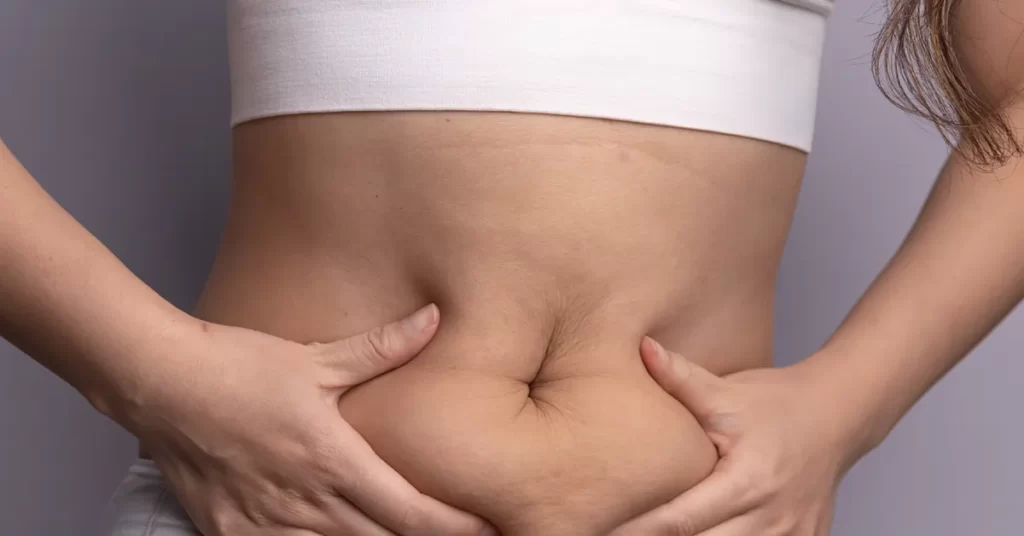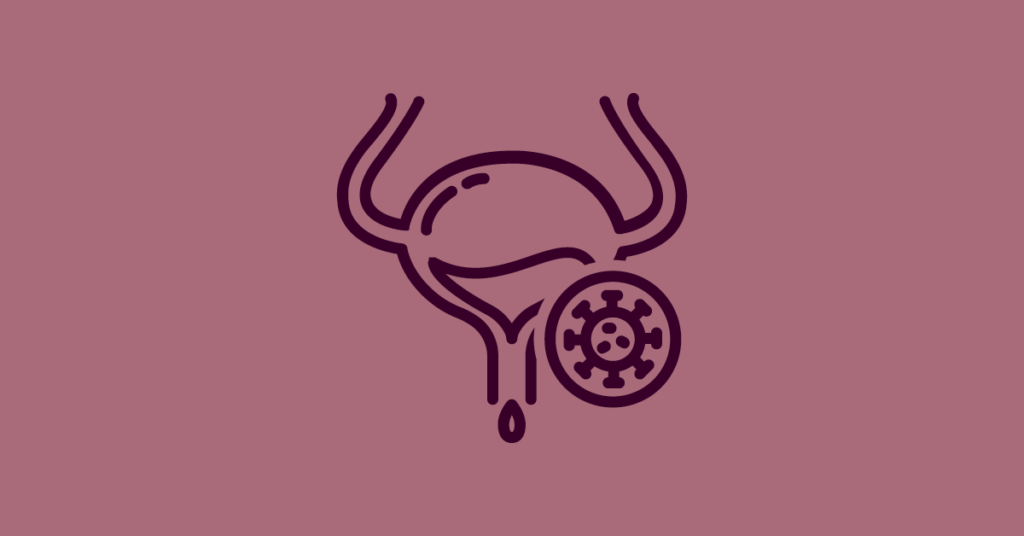Snapshot
Hormonal imbalance can trigger new hair growth
A decrease in estrogen can lead to an androgens (male hormones that all women have) taking prominence, which can cause facial hair to grow thicker or in new areas, like the chin, upper lip, or cheeks.

The hairy truth: Why facial hair increases
As we approach menopause, our bodies go through a rollercoaster of hormonal changes. A decrease in estrogen can lead to an increase in androgens (male hormones that all women have), which can cause facial hair to grow thicker or in new areas, like the chin, upper lip, or cheeks.
It’s completely natural and more common than you might think. And while some women wear their facial hair with pride, others look for ways to manage it. Whichever camp you fall into, it’s all about what makes you feel comfortable and confident.
So, what can we do about it?
Here are some of the most popular and effective methods for managing facial hair. Remember, what works for one person may not work for another, so it’s all about finding what’s best for you.
- Tweezing: Great for a few stray hairs, tweezing is a quick, if somewhat temporary, solution. It’s straightforward but can be a bit tedious if you have more than a few hairs to deal with.
- Waxing: Waxing can provide a longer-lasting solution, removing hair from the root. It can be done at home or by a professional. If you have sensitive skin, proceed with caution, as waxing can be a bit harsh.
- Threading: This ancient technique uses a twisted thread to pluck hair at the follicle level. It’s precise, making it ideal for shaping eyebrows or removing hair from the upper lip. Plus, it’s often considered less irritating than waxing.
- Hair removal creams: These creams dissolve hair just below the skin’s surface. They’re easy to use and effective, but make sure to test a small area first, as they can cause skin irritation in some people.
- Laser hair removal: For a more long-term solution, laser hair removal targets hair at the root. It requires several sessions and can be pricey, but many find it worth the investment for its lasting results.
- Electrolysis: This is the only permanent hair removal method, approved by the FDA. It destroys the hair growth center with chemical or heat energy. It’s effective but requires multiple sessions and can be time-consuming and costly.
Hormonal treatments and medications
For women with more significant hair growth, especially if it’s distressing, consulting a doctor about medication may help. Anti-androgens, like spironolactone, can help block testosterone’s effects, reducing hair growth. Some doctors may also recommend hormone replacement therapy (HRT), which can restore estrogen levels and minimize facial hair.
Topical treatments
The prescription cream eflornithine (Vaniqa) has been proven to slow the growth of unwanted facial hair by interfering with hair follicles. This is a good option for women looking for less invasive treatments.
Toolkit for managing facial hair
Facial hair during menopause is a natural part of the journey for many women. Whether you choose to remove it or keep in natural, the most important thing is that you feel comfortable and confident in your skin. There are plenty of options for managing facial hair, so experiment and find what works best for you.
- Waxing kits: Easy-to-use at home for quick results.
- Electric facial hair removers: Gentle on the skin and ideal for daily use.
- Laser hair removal devices: At-home versions of laser hair removal tools are now available and effective for many women.
- Supplements: Some women swear by supplements such as saw palmetto, which is believed to have mild anti-androgen effects.
- Exfoliation: Regular exfoliation can help prevent ingrown hairs, a common issue with hair removal.
- Tweezers and a compact mirror on hand: Keep tweezers and a small mirror in your makeup bag for quick fixes throughout the day.
- Hydration and care: After any hair removal method, soothe the skin with a hydrating cream to avoid irritation.
- Consider natural remedies: Some women find spearmint tea beneficial. Studies suggest that spearmint has anti-androgenic properties that may help reduce hair growth.





